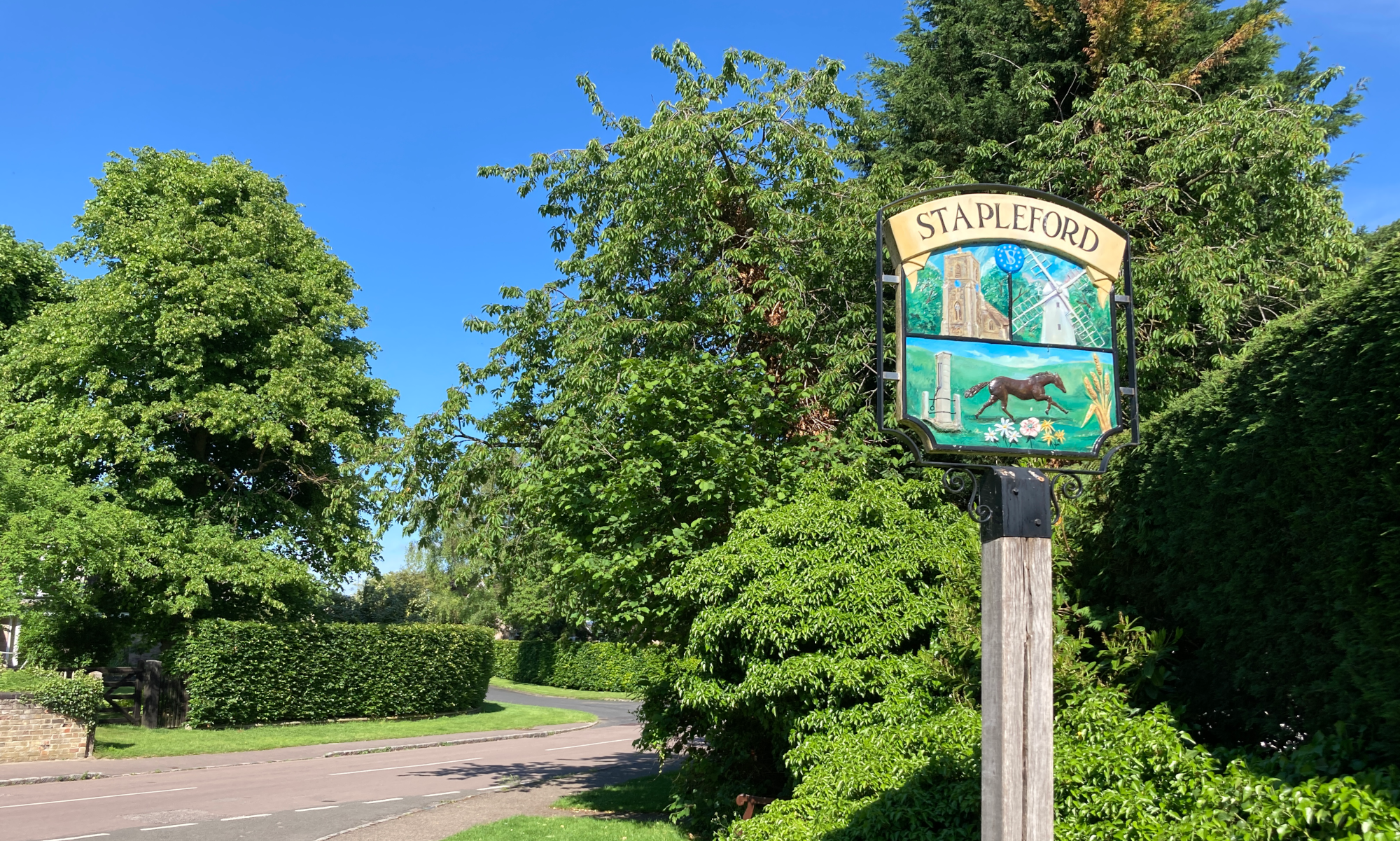Stapleford History Society 13 January 2015
Talk by Marian French
Drawing on her practical knowledge as a taxi-driver, Marian French took us on a virtual tour of the parish workhouses of Cambridge and surrounding villages. Since the days of Queen Elizabeth, responsibility for supporting families who had fallen on hard times rested with each parish. Often the parishes provided support in cash and kind, funded from a local property tax, to enable those in need to continue to live in their own homes: this was the usual policy in Stapleford. Some parishes thought it more efficient to build workhouses where people in want of support could be compelled to live and be put to work. Stapleford did not have a workhouse, but occasionally placed people in the workhouse at Whittlesford.
The locations of many of the parish workhouses in the back streets of Cambridge can still be traced, and some of the buildings are still standing, though used now for other purposes. With maps and photos, Marian showed us how to find them.
There were regular disputes over of which parish took responsibility for a particular individual. There was some macabre humour in the strategies used on occasion to try to transfer responsibility from one parish to another. Sometimes even bodies were moved across parish boundaries. And in Cambridge an added complication was the desire of the colleges to keep these problems at a seemly distance.
In the 1840s responsibility transferred from individual parishes to Poor Law Unions covering bigger areas. The result was a more consistent system, but inevitably more bureaucratic and inflexible. Of course, the debate about how to support people in need is still topical.
[report by John Street]

